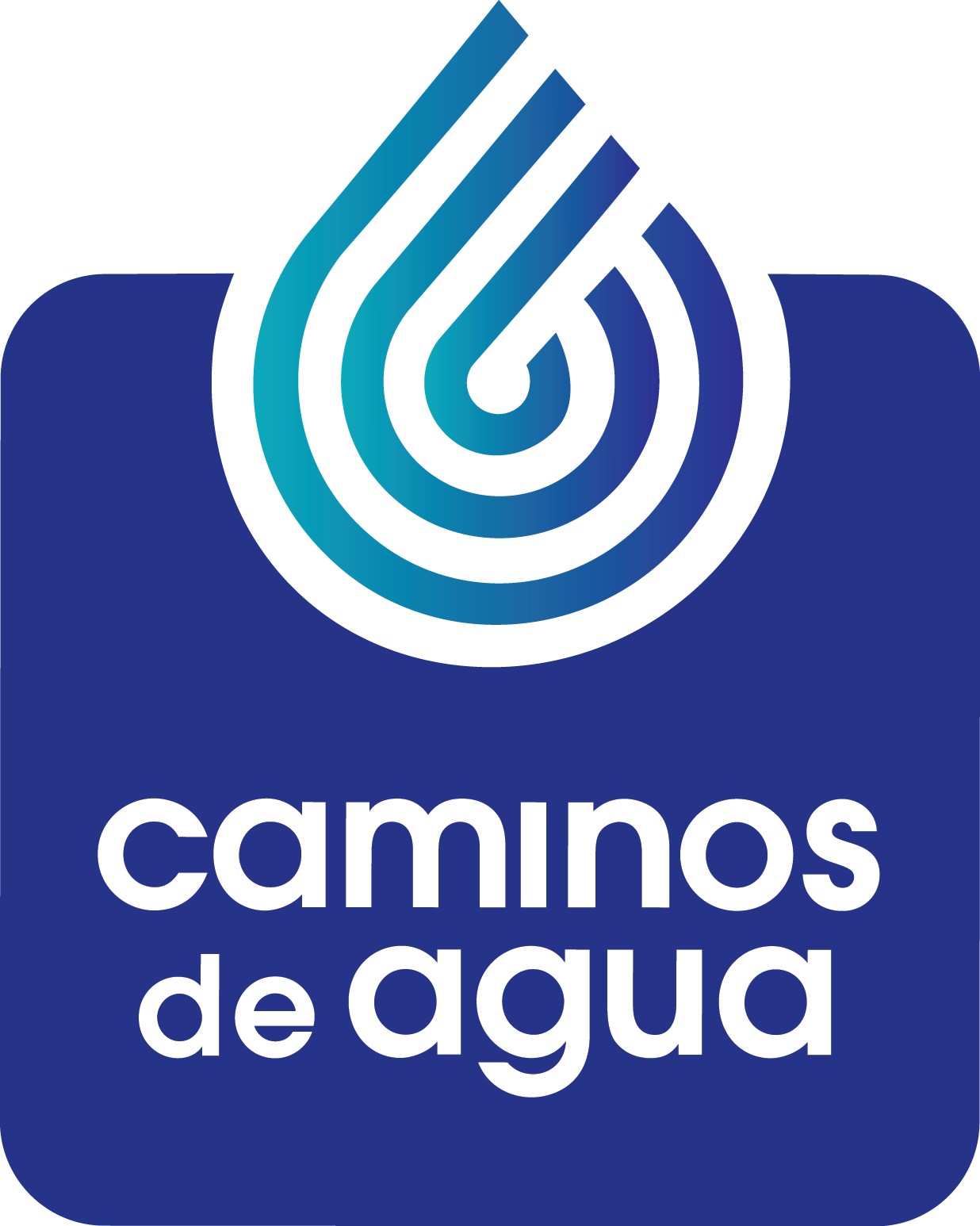Gravel, sand, and charcoal: learning how to build high-quality, low-cost water treatment systems
Last month, a diverse group came together at Caminos de Agua's field site for a three-day water-filter construction workshop.
Participants came from the north (Chihuahua) and south (Chiapas) and from near (San Miguel, Mexico City) and far (the US, Colombia). The group included water professionals, farmers, architects, engineers, tradespeople, NGO workers, students, and many, many water enthusiasts. The participants showed up on Tuesday morning energized and excited to learn about biochar.
The course began with a day of lectures from one of the filtration system's original designers, Professor Josh Kearns. He and co-lecturer Nate Reents designed the filters together in Thailand as a low-cost way to remove pesticides, herbicides, and other poorly-regulated chemicals from drinking water. The system is designed to treat surface water (rivers, streams, lakes, ponds, lagoons, runoff, etc.) and can produce 300 liters of drinking water per day. Although Guanajuato does not have much surface water to boast of, the system also effectively removes taste, odor, chlorine, and dangerous chlorination byproducts. The lectures focused on the system's capacities and capabilities and included a theoretical overview of how biochar works. To round out the first day, the participants heard from Caminos de Agua staff Saúl, Simona, and Aaron about regional contamination and scarcity issues, our work promoting rainwater harvesting, and an overview of our research into biochar as a filter media for arsenic and fluoride.
The following morning ushered in the practical components of the course. Led mainly by Dylan Terrell (Caminos de Agua) and Nate Reents (Aqueous Solutions and The Pun Pun Center for Self Reliance), participants got to:





Build a low-cost, electricity-free biochar gassifier. This gassifier creates biochar from a variety of feedstocks using simple principles. It can be constructed with two steel drums and a paint bucket using, if necessary, tools as simple as a machete and a rock (although if power tools are an option, we highly recommend them!). The biochar made by this gassifier has excellent properties for water treatment and soil amendment.
Burn, crush, sieve, and wash the biochar that was created in the gassifier. This biochar, after being sufficiently processed by the students, went into the system. The biochar removes pesticides, herbicides, antibiotics, chlorine, taste, color, and odor from the water.
Prepare sand, gravel, and rocks. The participants sieved the sand into various sizes and washed all the media with recently harvested rainwater. The biosand filter removes biological pathogens and the gravel removes sediment and particulate.
Install plumbing connections. Since a single leak can ruin a system, each participant got to try their hand at drilling holes, gluing PVC together, and fastening fittings.
Install media into the system. At the end of the second day, the participants finally got to put it all together by loading the barrels with their carefully prepared rock, gravel, sand, and biochar. They then flushed the system to remove any lingering fine particles like dirt or sand.
By the end of the course, participants had learned how to design and build a sediment-biosand-biochar system with local materials, design and evaluate a gravity-driven system, and create biochar with excellent water treatment properties from scrap materials. Perhaps more importantly, however, this workshop brought people together from across the continent to reaffirm our commitment to finding safe, healthy, and sustainable water solutions for every human on the planet.
A big thank you to all of the teachers, speakers, translators, coordinators, and, of course, the participants! Please check out the work of some of our friends who were involved in planning, teaching, or attending the course:
- Aqueous Solutions works on affordable drinking water solutions in Southeast Asia.
- Pun Pun Center for Self Reliance is a “small organic farm, seed saving center, and sustainable living and learning center” near Chiang Mai, Thailand
- IRRI México provides access to, education about, and installations of eco-technologies around Mexico and throughout Latin America.
- Fundación Cántaro Azul is dedicated to improving the quality of water sources, especially for children, throughout Mexico .
- Based in Mexico City, Isla Urbana works throughout the country promoting, designing, and installing rainwater harvesting systems.
- Border Partners provides community solutions to communities through the US-Mexico border region.
